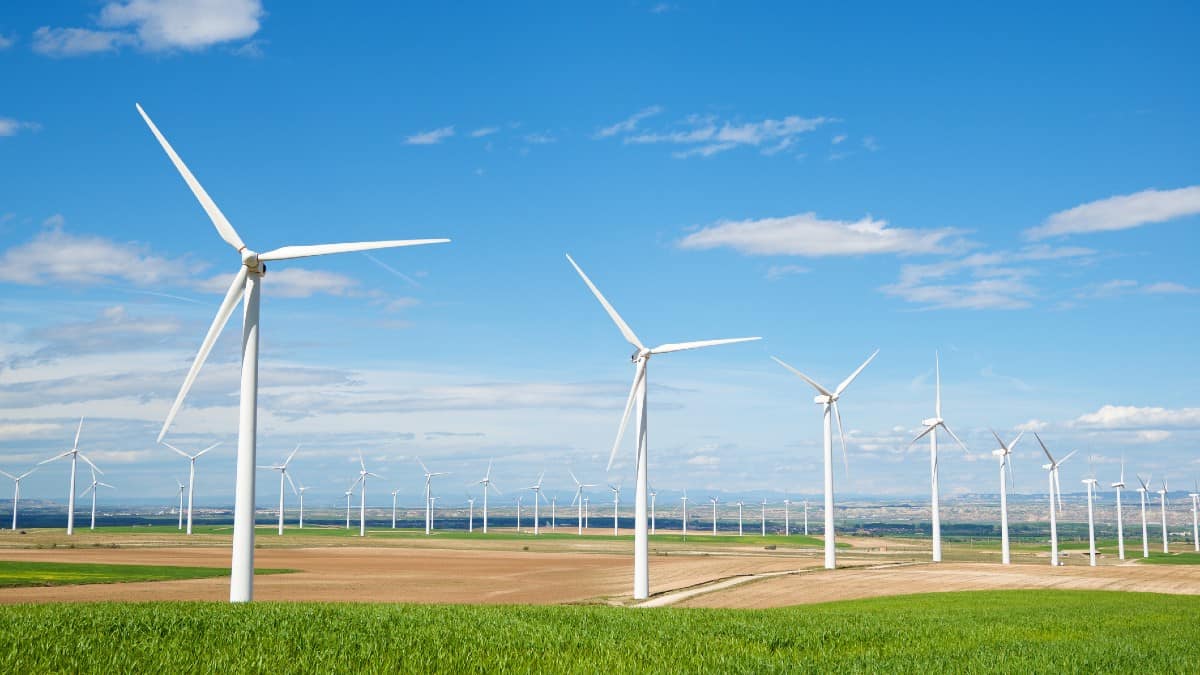Renewable energy is one of the hottest topics in investing right now. One side effect of this is that many popular renewable stocks look quite expensive to me. One exception is FTSE 100 utility National Grid (LSE: NG), whose share price is unchanged on a year ago.
Although National Grid doesn’t generate renewable electricity, its UK network will play an essential role in the race to net zero. National Grid shares also offer a tempting 5.5% dividend yield. I’m looking at this FTSE 100 stock as a potentially low-risk way to invest in the energy transition.
A return to growth?
There doesn’t seem to be much doubt that renewable energy will gradually displace fossil fuels over the coming decades. Motorists will switch to electric vehicles, while homes and businesses will gradually move away from gas.
Meeting this increased demand for electricity will require big upgrades to the UK’s electricity grid. So National Grid sees this as an opportunity to increase the growth rate of its business. The firm recently inked a deal to buy Western Power Distribution, one of the UK’s largest electricity distribution businesses.
Alongside this, National Grid also plans to sell a majority stake in its UK gas transmission business.
By increasing its exposure to electricity, National Grid’s management expect to be able to invest more in its network than it might have done with gas. This is important because of the way regulated utilities profits are calculated. Basically, UK utilities are allowed to generate a certain percentage return on the value of their regulated assets. More assets should mean higher profits, over time.
A no-brainer?
For someone like me who’s investing to build a passive income in a Stocks and Shares ISA, buying National Grid shares might seem like a no-brainer. Although I like the shares, I’m not sure that’s true.
One risk I can see is that regulator Ofgem could continue to put pressure on the return utilities are allowed to generate. Eventually, management might have no choice but to cut the dividend in order to protect the group’s credit rating.
A second concern is that National Grid shares have consistently lagged behind the market in recent years. While the FTSE 100 is up 10% from five years ago, National Grid shares have fallen by 13%.
If interest rates ever started to rise, I’d expect this gap to increase. When interest rates rise, investors often demand higher dividend yields. That could push the share price down.
National Grid shares: I’d buy
UK energy regulator Ofgem isn’t giving National Grid and its peers an easy ride. The latest pricing regime runs from 2021 to 2026 and has cut the returns energy utilities can make.
However, I think the group’s recent deal to buy Western Power and sell part of its gas business will help to neutralise the impact of these changes. Once the dust has settled, I expect the improved growth rate from NG’s electricity business to protect the dividend and support higher payouts in the future.
With a 5.5% dividend yield on offer and a history of inflation-matching increases, I’d buy National Grid shares for my income portfolio today.
